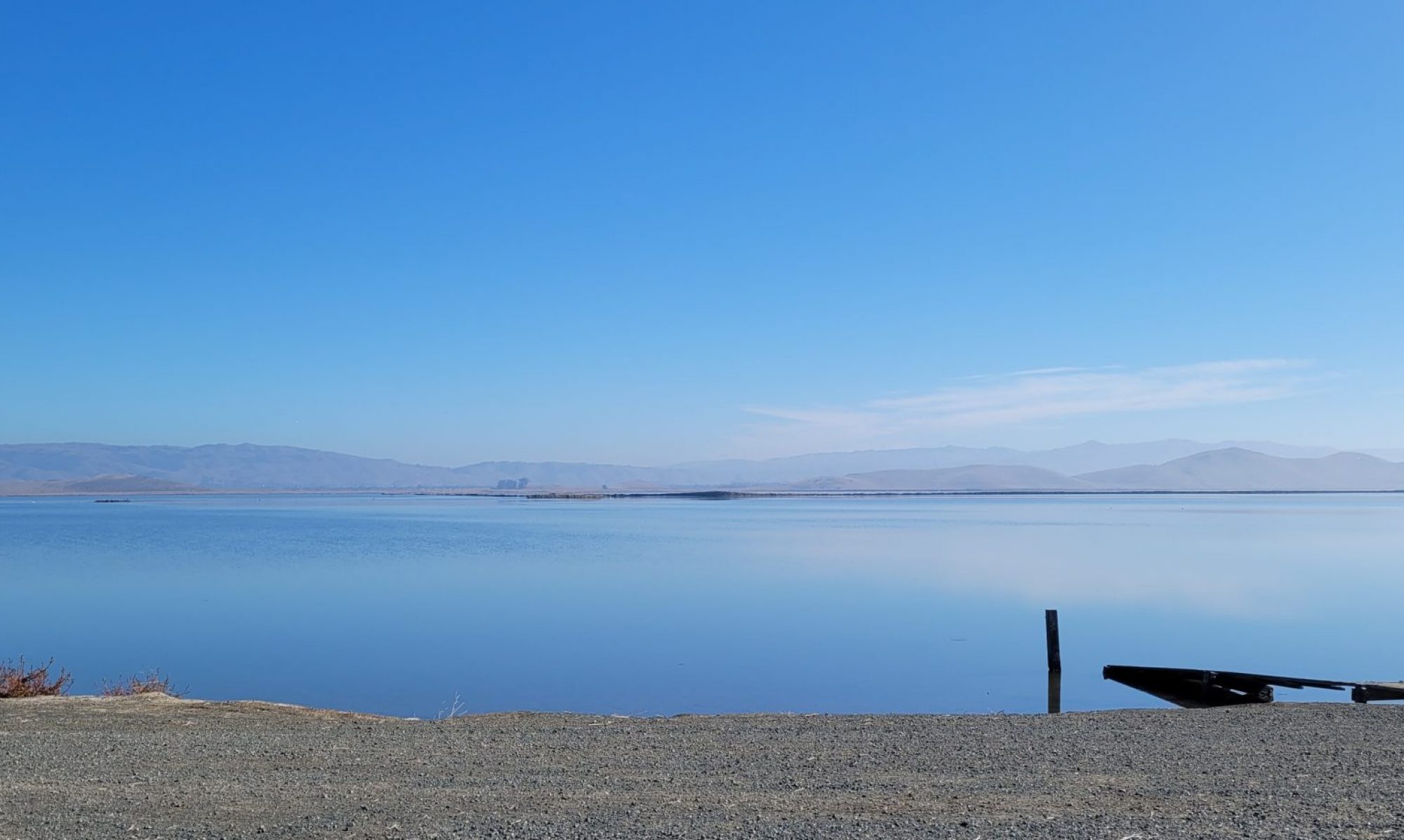
He has waged cruel war against human nature itself, violating its most sacred rights of life and liberty in the persons of a distant people who never offended him, captivating & carrying them into slavery in another hemisphere or to incur miserable death in their transportation thither. This piratical warfare, the opprobrium of infidel powers, is the warfare of the Christian King of Great Britain. Determined to keep open a market where Men should be bought & sold, he has prostituted his negative for suppressing every legislative attempt to prohibit or restrain this execrable commerce. And that this assemblage of horrors might want no fact of distinguished die, he is now exciting those very people to rise in arms among us, and to purchase that liberty of which he has deprived them, by murdering the people on whom he has obtruded them: thus paying off former crimes committed again the Liberties of one people, with crimes which he urges them to commit against the lives of another.
Clause deleted from the Declaration of Independence
Fans of Broadway shows may recognize those opening words–he has waged cruel war– and hear a lush breeze of violins rise in a syncopated “beautiful waltz” in a song about molasses, rum, and slaves. Slavery was nearly abolished as an American practice–at least, it was proposed to be abolished by Thomas Jefferson before the country became these united states.
But Jefferson also owned slaves and fathered children with one of them, who was 15 when the relationship began. The statesman who argued so passionately for the morality of individual liberty did not entirely practice what he preached. There are nuances worth examining in this paradox, little-known facts that should be included in the conversation. To either stick him on a pedestal just because he wrote the “Declaration of Independence” or join the ubiquitous bands of protesters pulling down statues just because he was a slave owner seems overly simplistic. If we are going to judge historical figures, we should include as much of the picture as we know.




